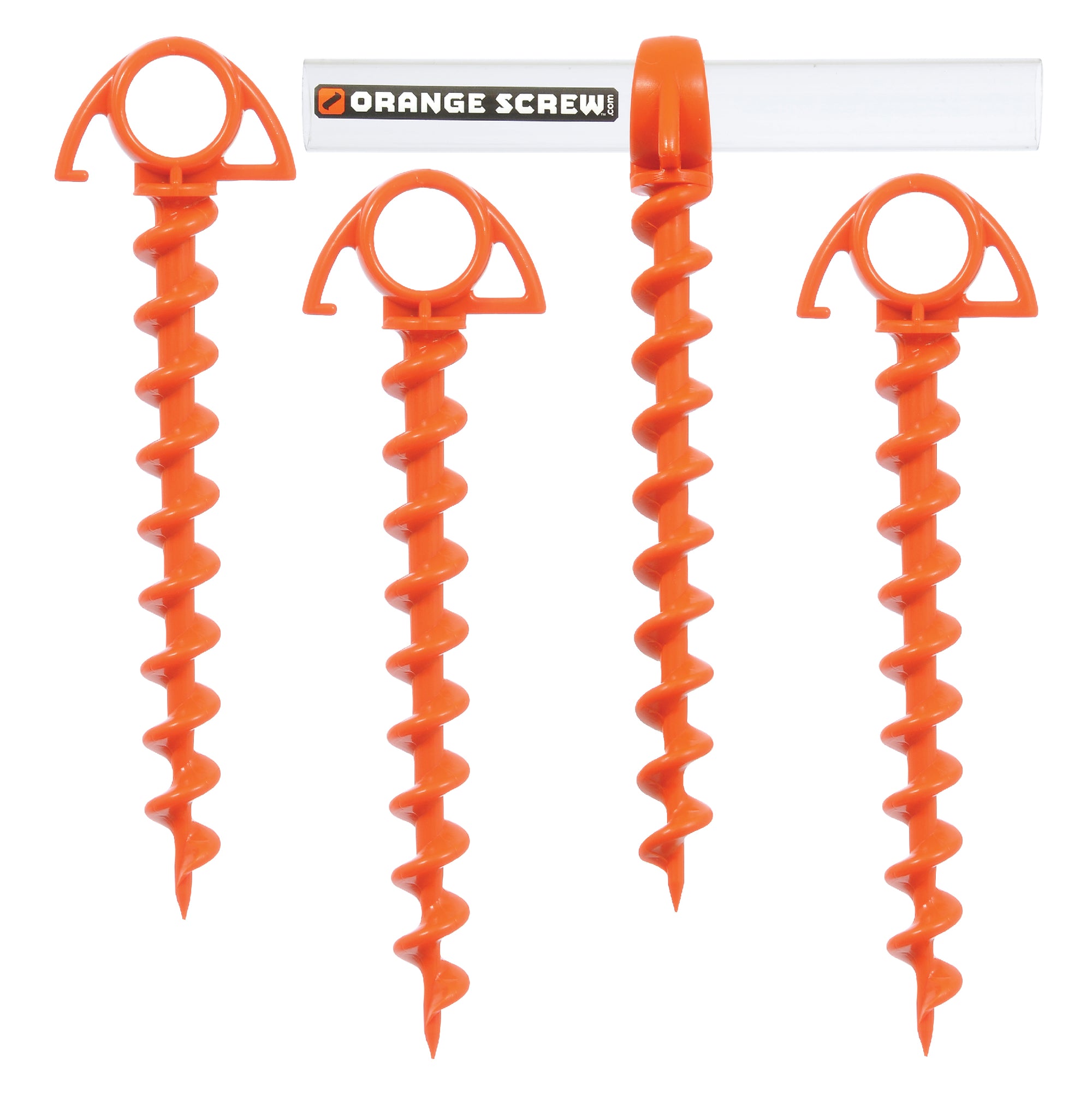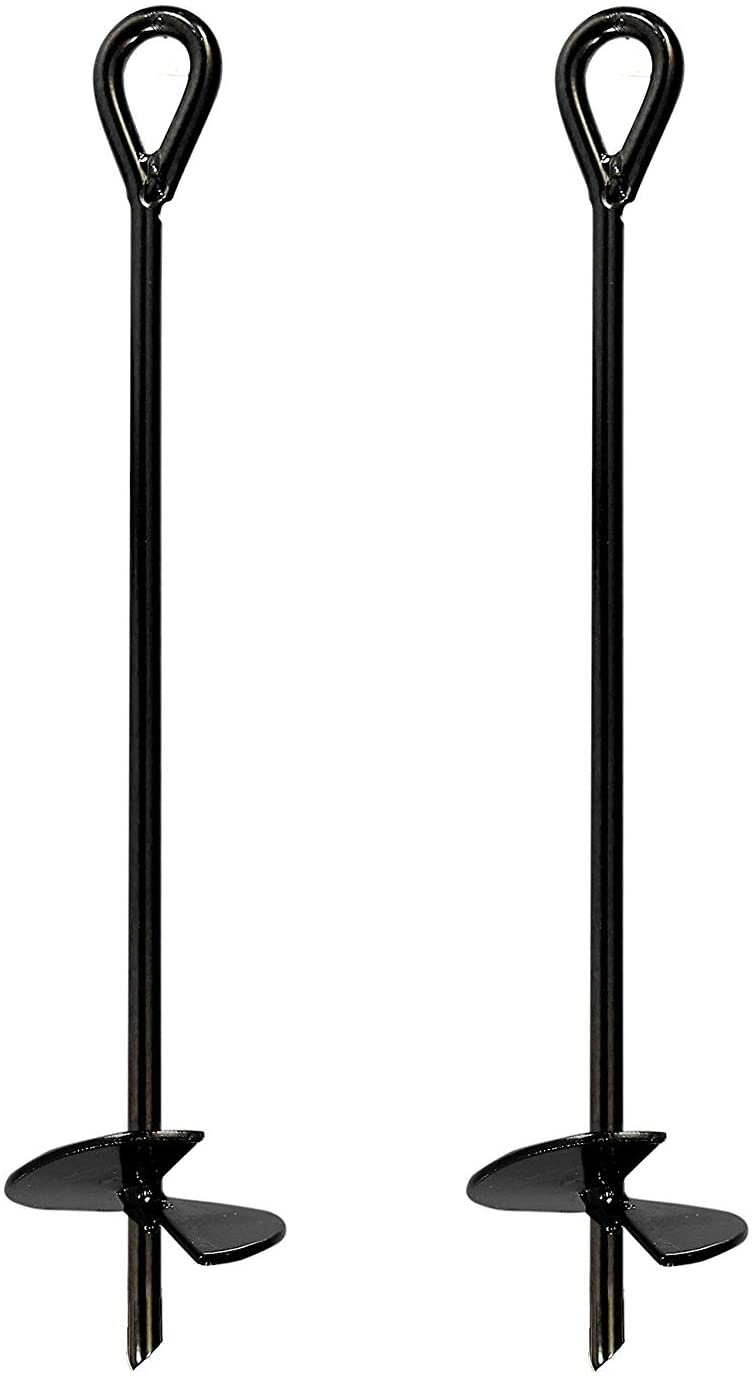Understanding the Significance of a Ground Anchor in Securing Heavy Loads
Understanding the Significance of a Ground Anchor in Securing Heavy Loads
Blog Article
Check Out the Various Sorts Of Ground Support for Your Following Project
From auger supports, which excel in varied dirt problems, to stake anchors designed for momentary installations, the choices are countless. Additionally, concrete and screw anchors present distinct advantages in particular circumstances, while deadman supports are tailored for applications needing resistance to side pressures.

Auger Anchors
Auger supports are a preferred option in different building and construction and landscape design projects due to their one-of-a-kind design and efficient anchoring capabilities. These supports consist of a helical screw-like shaft that is driven right into the ground, enabling a stable and protected hold. The spiral design helps with very easy installation and maximizes resistance versus lateral pressures, making auger supports especially reliable in applications such as fencing, short-term frameworks, and disintegration control.
The installment process of auger supports is relatively simple. They can be by hand or mechanically mounted, depending upon the dimension and called for depth. This versatility enables their use in diverse dirt conditions, from sandy to clayey terrains. Auger anchors can be easily removed and reused, which adds to their cost-effectiveness and sustainability.
Among the significant advantages of auger anchors is their ability to disperse lots equally across the surrounding soil, decreasing the threat of dirt disturbance and reducing ecological impact. Additionally, they are less susceptible to loosening up or heaving over time contrasted to conventional securing methods. Subsequently, auger supports are an exceptional option for tasks calling for trusted and resilient anchoring services.

Stake Anchors
When it comes to securing structures in a range of outdoor applications, risk anchors use a trustworthy and simple solution. These supports are generally built from durable materials such as steel or light weight aluminum, made to withstand environmental anxieties while supplying ideal stability. Their easy design enables quick installation, making them a perfect selection for short-lived or irreversible anchoring needs.
Stake anchors are specifically beneficial in protecting tents, covers, and other lightweight frameworks versus wind and weather condition. They function by being driven right into the ground at an angle, producing a strong hold that withstands pull-out forces - Ground Anchor. The effectiveness of risk supports depends upon a number of aspects, consisting of dirt type, moisture web content, and the angle of installation
For included security, lots of stake supports feature accessory points for straps or ropes, enabling tension changes as required. In applications such as landscape design or building and construction, they can successfully stabilize equipment or structures on uneven surface. In general, stake anchors supply a flexible and cost-efficient service for safeguarding various outside installments, making them a recommended choice for specialists and DIY lovers alike.
Concrete Anchors
Concrete supports supply a durable option for safeguarding structures to concrete surfaces, ensuring security and security in numerous applications. These anchors are vital for jobs varying from household building and constructions to massive commercial installations. They can be found in various types, consisting of growth anchors, glue anchors, and undercut supports, each created for details lots demands and ecological problems.
When installed,Development supports rely on mechanical devices to hold the concrete. They are perfect for tool to heavy-duty applications. Glue anchors use high-strength epoxy or resin to bond the anchor to the concrete, supplying remarkable load-bearing abilities, specifically in fractured concrete situations. Undercut anchors develop a special form within the concrete, supplying extraordinary holding power, specifically in applications where tensile tons are widespread.
When implemented appropriately, concrete anchors significantly improve the architectural honesty of different tasks, making them important in modern building and construction techniques. Recognizing the specific requirements of your job will aid in choosing the ideal type of concrete support for the task.
Screw Anchors

Screw anchors are a functional fastening remedy that can be effectively utilized in a variety of applications where conventional concrete anchors might not be sufficient. These anchors contain a helical layout that permits them to be quickly driven right into the ground, making them excellent for use in dirt and other substrates. Their unique framework gives superb holding power and resistance to pull-out forces, making them suitable for various projects, from landscaping to structural support.
One of the main benefits of screw supports is their convenience of installment. They call for marginal tools and can frequently be installed without the demand for excavation, which conserves both time and labor prices. In addition, screw supports can be eliminated and recycled, offering a sustainable option for momentary applications.
Screw anchors are specifically valuable in areas where soil problems are challenging, such as sandy or loose dirts. Their ability go now to be mounted at differing depths enables personalization based upon specific task demands. On the whole, screw anchors supply a reliable and reliable securing approach, making them an outstanding choice for professionals and engineers seeking reliable options for their projects.
Deadman Anchors
Deadman anchors act as a robust solution for maintaining frameworks in challenging problems, specifically where traditional anchoring techniques may fall short. These supports include huge, heavy things hidden underground, which create resistance versus side forces. The style generally entails a horizontal component, such as a block of concrete or a metal plate, hidden in the dirt, to which cords or bands are connected.
The effectiveness of deadman supports depends on their capacity to disperse lots over a larger area, decreasing the danger of failure in unpredictable dirt conditions. They are particularly beneficial in applications such as retaining walls, temporary frameworks, and slope stablizing, where soil movement can endanger the integrity of the framework.
Installation of deadman supports calls for careful planning to ensure they are placed at the appropriate depth and orientation, optimizing their load-bearing capability. While they might require more labor and material than light-weight supports, their integrity in negative problems makes them important for long-lasting jobs. Deadman anchors are versatile and can be adapted to various applications, making them a go-to choice for engineers dealing with one-of-a-kind obstacles in their tasks.
Verdict
In recap, picking the appropriate sort of ground support is essential for guaranteeing security and security in different jobs. Auger supports stand out in varied dirt conditions, while risk anchors match short-term applications. For concrete surface areas, expansion and sticky anchors supply trustworthy alternatives, and screw supports use flexibility in challenging terrains. Deadman supports are particularly efficient in standing up to lateral forces for keeping walls. Cautious factor to consider of these choices will improve job results and structural stability.
Furthermore, concrete and screw supports present one-of-a-kind advantages in details scenarios, while deadman anchors are customized for applications Get More Info requiring resistance to side forces - Ground Anchor.Auger supports are a prominent selection in numerous building and landscaping projects due to their special layout and reliable securing capabilities. They come in different kinds, consisting of expansion supports, glue anchors, and undercut supports, each made for certain tons needs and environmental problems
Adhesive supports use high-strength epoxy or material to bond the anchor to the concrete, using premium load-bearing capabilities, especially in fractured concrete circumstances. In general, screw anchors provide a effective and dependable securing method, making them an outstanding choice for professionals and right here engineers looking for effective options for their jobs.
Report this page